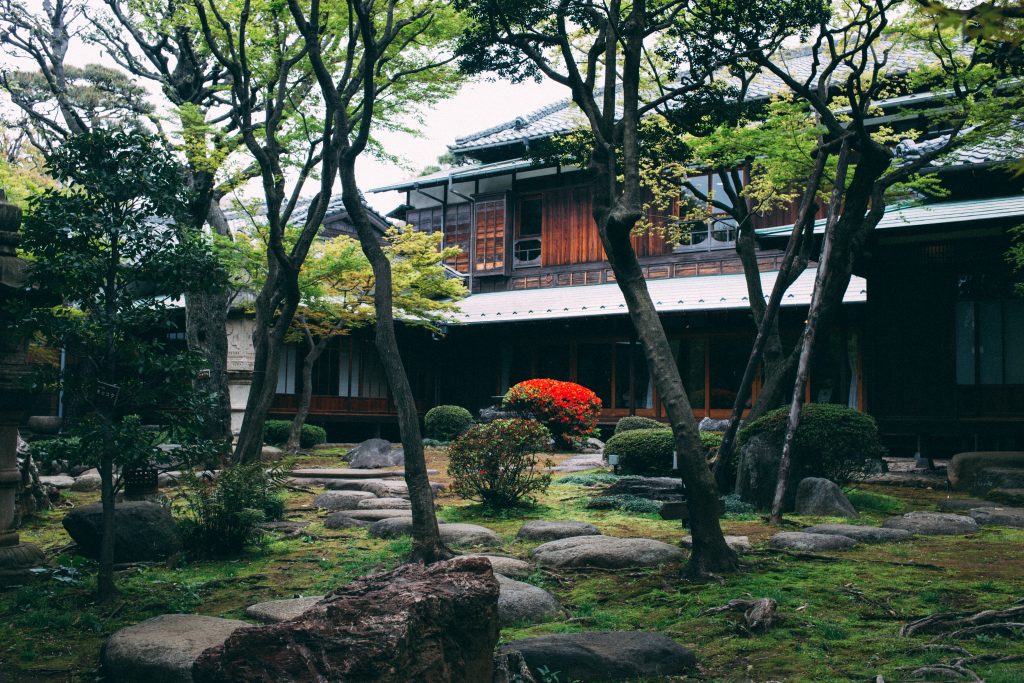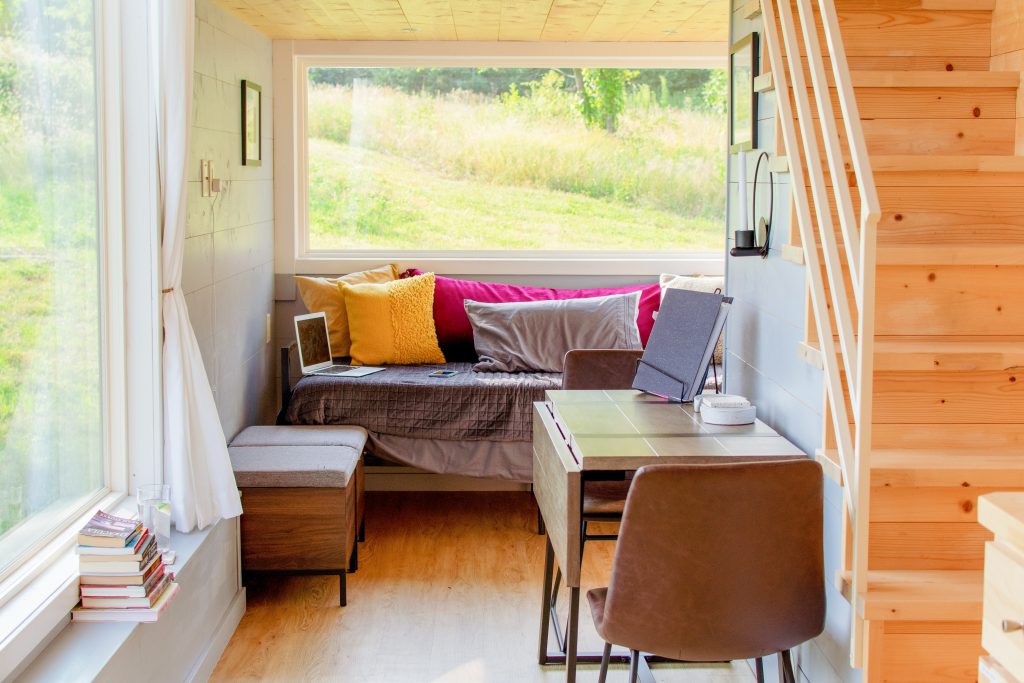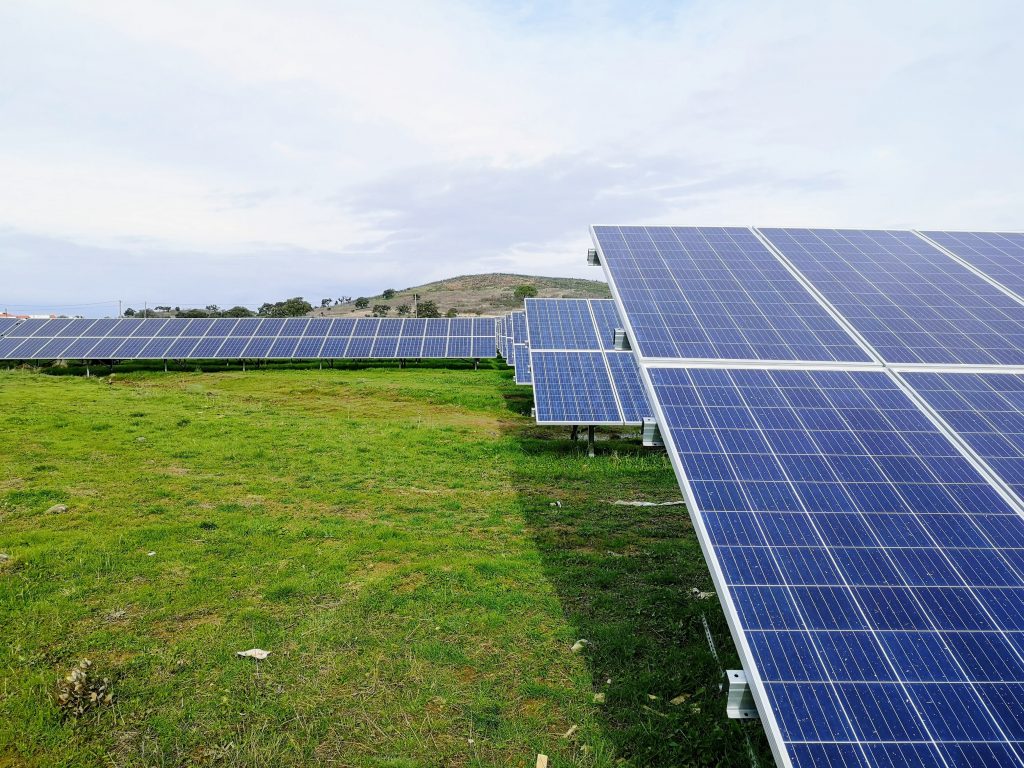Net Zero Energy Buildings (NZEB) are what we were all waiting for – as the name suggests, NZE buildings are ones in which the net energy consumption is zero. That is, the building uses energy only as much as it is produced. In other words, it consumes energy from the grid and returns the same energy to the grid over a period of time.
Clean, green, and energy self-sufficient homes are not too far away – the World Green Building Council sets an ambitious target of achieving 100% green buildings by 2050.
The ‘energy zero’ concept can be interpreted in many ways;
- The difference between the imported and the exported energy is zero
- The net cost of electricity is zero
- The difference between the imported and the exported energy is zero provided the losses associated with the energy transmission from the point of generation is also taken into consideration
No matter how we define it, the idea of NZE buildings is to promote the usage of green energy, conserve energy resources, minimize environmental damages, and reduce dependency on fossil fuels.
How to make the best out of NZEB?
With successful integration and optimization of several architectural and building orientation strategies, you can design it to maximum efficiency. Let’s see them one by one below.
1. Efficient utilization of energy

The first and foremost step in this journey is energy conservation through efficiency measures. With technology advancement, almost all existing devices have more energy-efficient alternatives available in the market. The usage of energy-efficient lighting, heating, ventilation, and air conditioning systems are key factors as far as energy conservation is concerned.
You can also implement motion & sound sensing switches and adaptive light intensity controllers. The energy generation, transmission, and distribution losses a significant additional amount of energy which you can save at the generation-end if we implement energy conservation methodologies. Further, you can also integrate water conservation initiatives with this concept to reduce energy consumption.
2. Adopting energy-efficient building design concepts

Promoting energy-efficient building designs are also key in this regard. Utilize natural daylights inside the building instead of artificial lighting and adopt cross natural ventilation via efficiently designed doors and windows. These are some ways in which you can optimize energy right when the building is designed.
3. Usage of renewables

It’s equally important to identify the available energy generation options at the site. Give renewable the highest precedence among all. Photovoltaic panels, solar thermal collectors, wind energy generators, micro hydel turbines are all promising options in this regard. The renewables can either be onsite or offsite. Since the cost of renewable energy options is coming down drastically, this is a very viable option.
How to design an NZE home?

The time period during which the energy zero is usually considered as one year. The process of creating an NZE building starts at the building design stage itself. The first step is to understand the system by assessing the footprint of the building. A community-based realization is more advantageous than stand-alone buildings. In that case, energy generation options will be much more viable, advanced, and optimized.
Now, you can make a detailed survey to extract the energy generation options onsite or offsite and replace it with the less efficient electrical devices. Sophisticated 3D building energy simulation tools are now available in the market. The design inputs shall be fed to the software tool so as to get the optimized energy model. A separate assessment is carried out to understand the life cycle and cost benefits.
One more advanced step towards the goal is to adopt an environment-friendly construction. For example, earth-sheltered homes, constructions using prefabricated slabs are some examples.
NZE buildings are highly reliable with less energy cost to the utility and protection from grid loss. It supplies green energy continuously to the grid that reduces the requirement of future potential grid expansion. However, high initial investment and limited availability of localities that can support the extraction of renewables are restricting their expansion.
Hence, NZE buildings are indeed essential right? Share your thoughts.